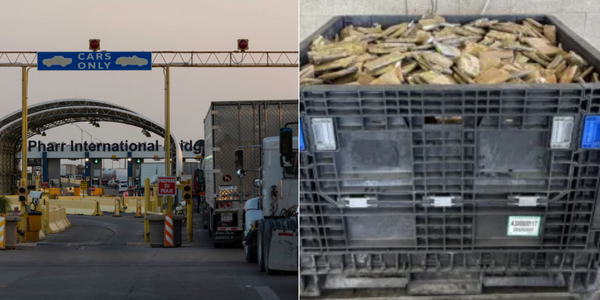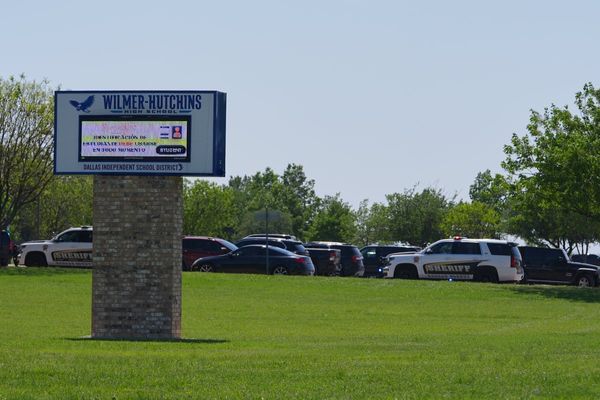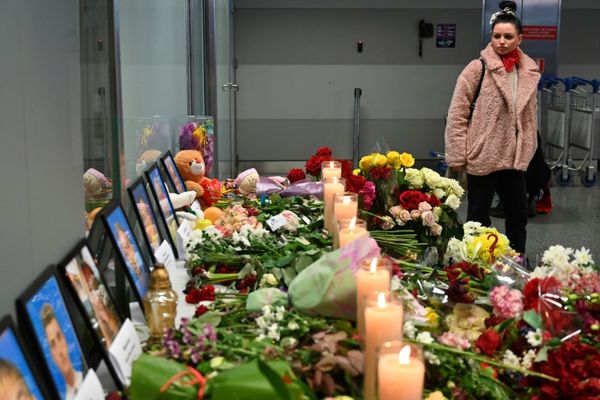Russia is already at war with the west. It has been so since its occupation of Crimea in 2014, when Russia sought to secure its access to Sevastopol as a base for its Black Sea Fleet and as a potential lever of influence over Kyiv’s political direction.
Even in 2014 – at the annual Valdai security conference – Vladimir Putin was referencing an escalation towards conflict with the west. He later described the west as having “crossed a line”.
Putin signalled at the time that he was prepared to escalate further and threaten wider military conflict, but mostly the west ignored those messages. It’s taken a long time for Nato and many western nations to realise their significance, and to understand that they are dealing with a continual escalation.
Today Putin has five main reasons for being on a war footing and seeing Russia as in a conflict with the west. These are: the incremental enlargement of Nato and the EU towards Russian borders; western financial and military support for Ukraine to resist the 2022 full-scale invasion; anti-Russian rhetoric and international sanctions on Russian goods; measures to restrict Russian use of the international banking system; and, most recently, Ukraine’s allies allowing the firing into Russia of long-range missiles
There have been plenty of indications of the Kremlin’s mindset over the intervening years. For instance, in November 2022, Putin said: “Our armed forces … are fighting on the line of contact that is over 1,000 kilometers long, fighting not only against neo-Nazi units but actually the entire military machine of the collective west”.
In October 2023 Russian security council deputy chair, Dmitry Medvedev, described the supporters of Ukraine as “actively pushing us towards World War III”. In January 2024 Russia foreign minister, Sergei Lavrov, described Russia as the liberator from a revived second world war axis, and suggested that it was tackling another rise in Nazism.
Russia labels different kinds of confrontation according to geographical reach and intensity. At the lowest end of its scale is “armed conflict”. This happens within a single territorial area, such as Chechnya.
One notch above is a local war. In 2014 the initial movement of the unbadged “green men” (Russian soldiers) into Crimea was to maintain deniability but was clearly an act of war. So in many ways at this stage, Ukraine was a local war.
A local war has limited military and political goals and usually takes place over a short period such as in the 2008 Russo-Georgian war, but can also involve repercussions for allies of the states at war. The next two levels of Russian war are regional wars and large-scale wars.
In regional wars several states work in coalition to secure strategically important military and political goals (such as the Soviet Union’s military engagement in Afghanistan 1979-89, and the 1990-91 Gulf War, which did not involve Russia). It is likely that Russia has seen the Ukraine conflict as a regional war since 2022, with some elements of a large-scale war.
Large scale war not far off?
However, the next level of war – the “large-scale war” – may not be far off. These are wars between coalitions of states: for example, Ukraine and Nato against Russia, Iran, North Korea and China, or a wide number of countries in different parts of the world (such as the second world war). Large-scale wars create “radical military political change”, with intensified fighting and spread. These tend to involve a massive mobilisation of resources.
These coalitions are not yet in direct conflict with each other, but there has been large-scale mobilisation of weaponry and forces in Russia and Ukraine. North Korea has recently sent 10,000 troops to Russia.
For the west, large-scale war would significantly increase the risk of nuclear war, cause stock market volatility, cost significantly more money, and subject European citizens to the instability via a large number of physical and cyber attacks.
European policymakers and citizens need to understand more about key Russian aims (such as creating a buffer zone with the EU, or securing the lands it sees as Russian). In doing so, the public will know which politicians are – in effect – serving and opposing Putin’s strategic agenda.
Russia has strongly signalled that recent changes in US and British policy, in allowing their long range missiles to be fired into Russia, as escalatory. For example the secretary of the Russian security council, Sergei Shoigu, has said: “When the situation … is not in favour of the Kyiv regime, the West is faced with a choice – to continue financing it and destroying the Ukrainian population or to recognise the current realities and start negotiating.”
Russia amended its nuclear doctrine in November and then proceeded to fire a nuclear-capable hypersonic missile into Ukraine, bringing it closer to direct conflict with Nato countries. The Russian response to these changes is driving the escalation. Meanwhile, Russian-linked sabotage and espionage operations continue across the globe.
Europe starts to prepare
Belatedly, the Europe and the US are starting to understand that Russia already sees itself at war with the west, even if limited currently.
Countries closest to Russia, such as Sweden, Norway, Finland and Lithuania, have understood this most keenly. Politically, they have sought to align more closely with Nato and European military allies, to actively repel Russian interference. And it’s worth noting that Russian military resources have been stretched by assisting Syria to tackle ongoing insurgent attacks.
But overall Europe has been fundamentally weakened by decades of under-investment in defence, its inability to coordinate defence and security policy and its over-reliance on the US as its security guarantee.
There is limited public willingness to spend more money on defence in Europe. The damage done to European politics by Russian political interference and the rise of pockets of far-right populist groups have also made collective European responses hard to muster.
What happens next?
But it’s important to remember that the EU is better resourced than Russia, with a stronger technology and innovation sector. The Ukrainians have also shown what can be achieved in drone warfare to hold back vastly superior Russian numbers and artillery fire.
Europe needs to manufacture high-end innovations at scale, something it is capable of doing.
Disrupting Russia’s base of support will also be important. Taking steps to prevent military transfers from Iran, North Korea and China are crucial, as is disrupting the ability of the Russian military-industrial complex to function.
Overall, increased understanding of Russian intentions, motivations and capabilities is vital in the west. This could help avoid further escalation into a large-scale war, or, at least, improve its ability to negotiate with Putin.
Robert Dover does not work for, consult, own shares in or receive funding from any company or organisation that would benefit from this article, and has disclosed no relevant affiliations beyond their academic appointment.
This article was originally published on The Conversation. Read the original article.







